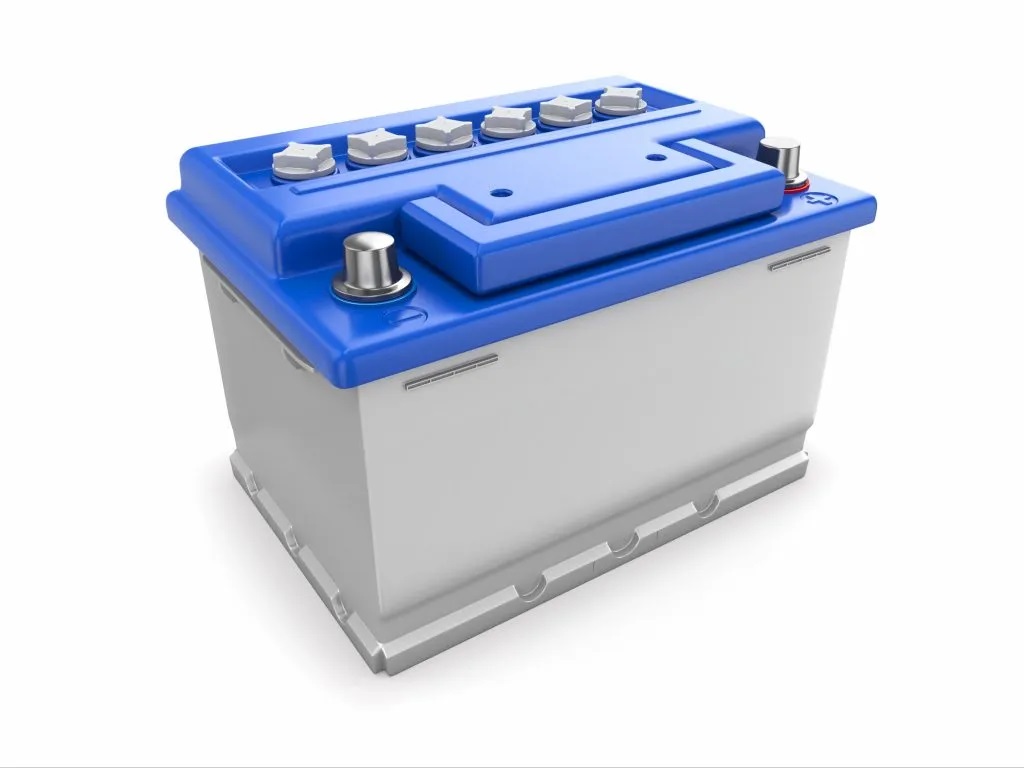Judging the quality of lead-acid batteries involves assessing various factors related to their construction, performance, and specifications. Here are some key considerations to help you evaluate the quality of lead-acid batteries.
- Battery Type:
- Understand the specific type of lead-acid battery you need for your application. Common types include starter batteries for automotive use, deep-cycle batteries for renewable energy or marine applications, and standby batteries for backup power systems.
- Brand Reputation:
- Choose batteries from reputable and well-established manufacturers. A brand with a history of producing reliable batteries is more likely to provide a quality product.
- Capacity (Ah):
- Check the battery’s rated capacity, usually expressed in ampere-hours (Ah). This indicates the amount of energy the battery can store. Ensure that the capacity meets the requirements of your application.
- Voltage:
- Verify that the battery voltage matches the specifications of your equipment. Lead-acid batteries typically have nominal voltages of 6V, 12V, or 24V.
- Cycle Life:
- For applications that involve regular charging and discharging (e.g., deep-cycle batteries), consider the cycle life. It represents the number of charge and discharge cycles a battery can endure before its capacity significantly diminishes.
- Self-Discharge Rate:
- A quality lead-acid battery should have a low self-discharge rate. Lower self-discharge rates mean the battery can retain its charge for longer periods when not in use.
- Construction Quality:
- Inspect the overall build quality of the battery, including the materials used for the casing, terminals, and internal components. Well-constructed batteries are more likely to withstand environmental factors and provide reliable performance.
- Terminal Type and Accessibility:
- Ensure the battery terminals are suitable for your application and that they are easily accessible for installation and maintenance.
- Temperature Performance:
- Consider the temperature range in which the battery is designed to operate. Some batteries are optimized for specific temperature conditions, and this information should align with the intended use.
- Charging Efficiency:
- Check the charging efficiency of the battery. Higher charging efficiency means faster and more effective recharging.
- Warranty:
- A longer warranty period often reflects the manufacturer’s confidence in the battery’s quality. Be sure to understand the terms and conditions of the warranty.
- User Reviews:
- Consider reading user reviews and testimonials to gather insights from individuals who have used the same or similar batteries in real-world conditions.
- Application-Specific Considerations:
- Evaluate additional features or specifications relevant to your specific application. For example, if using the battery in an off-grid solar system, you may prioritize deep-cycle performance.
By carefully considering these factors, you can make an informed decision when selecting lead-acid batteries that best suit your needs and provide reliable, long-lasting performance.


